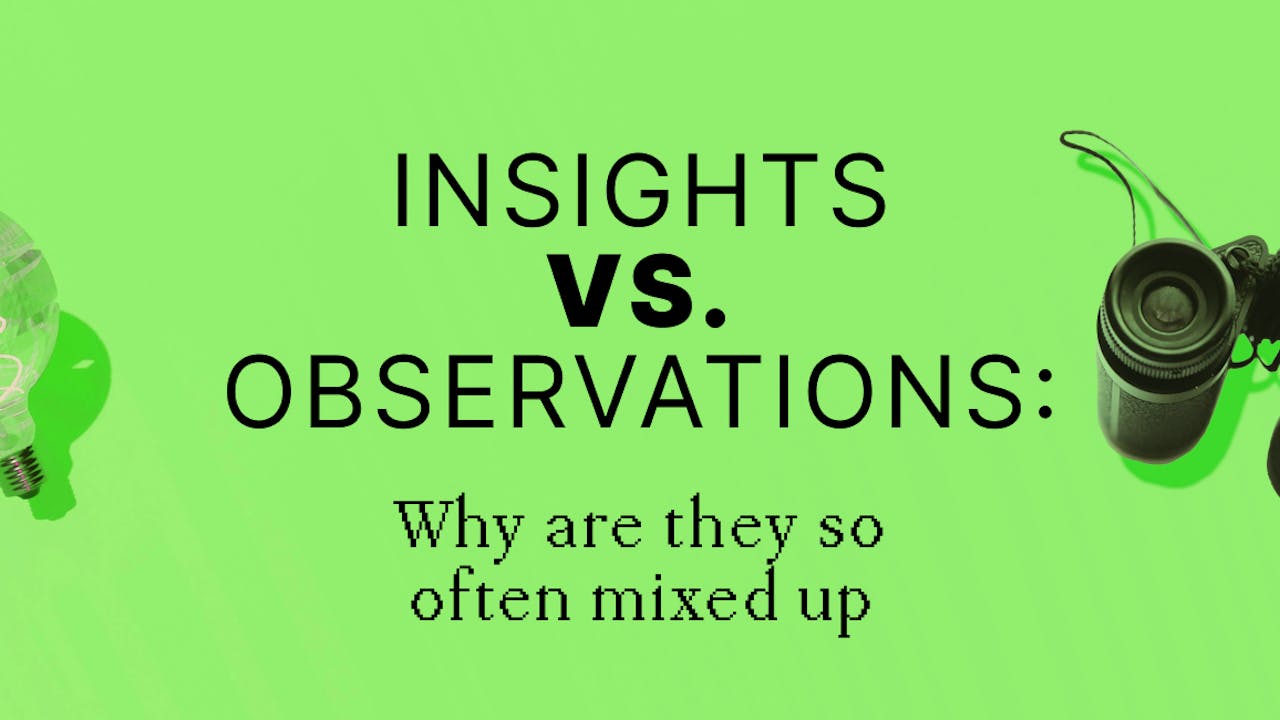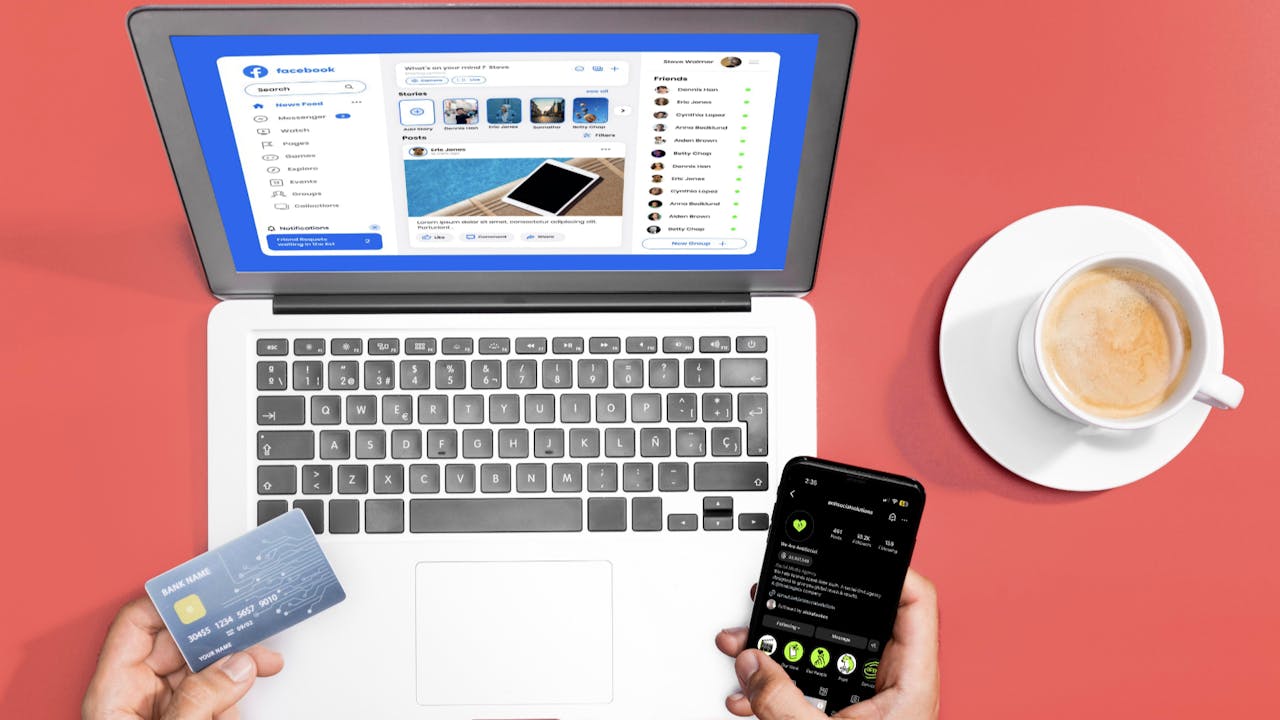
Five Reasons Why Social Listening Can’t Be Ignored
March 9, 2023
Social listening: a phrase in every marketer’s vocabulary. But what does it actually mean? How should I use it? Why is it unique?
Unbiased, unprovoked, and totally authentic
Fasten your seatbelts, we’re taking a ride on the roleplay train. The Head of Research and Insights for a leading brand of ketchup flavoured chips is tasked with gathering consumer feedback on a newly launched recipe. They have two data sources to choose from. You are the data sources:
Data Source Number 1: You’re ushered into a stuffy boardroom to answer on-demand a list of predefined questions about ketchup flavoured chips. The interviewer is super friendly. You might ask them for a drink afterwards. You certainly don’t want to give any answers to upset them. The questions are coming thick and fast with barely a second to think. “How do you feel about the texture of the chips?” “Yeah, it’s nice I guess.” “And what are your thoughts on the overall flavor?” “Well, it’s tomato, so I think I like that?” And so on, and so forth. To be honest, you’re still quite hungover from last night, there’s not much going on in your head right now. You’re just here for the free snacks.
Data Source Number 2: You’ve just touched down in Vancouver for the very first time. You’re strolling through the airport and you notice a pack of ketchup flavoured chips in the local store. You think to yourself “jiminy cricket, ketchup flavoured chips?! I simply must try them.” You place a chip on your tastebuds and experience feelings of bliss. You pull out your iPhone, open up Twitter and feel compelled to write: “WOW. Ketchup flavored chips? So sharp. So zingy. LOVE. Not a huge fan of the artificial red dust, but otherwise they’re wonderful. Especially love how they’re ridge cut 🤤”

Which data source would you choose? As humans, we’re our most expressive and honest selves when we actually want to talk about something, as opposed to when we’re forced to think of something in the name of research. This is essentially the difference between social listening and more traditional methods of research such as focus groups. Social listening provides an entirely unsolicited and truly authentic data set, without the potential bias of external influences.
Interest is measurable
People are pretty difficult to understand. That’s a fact. It takes an incredibly long time to uncover and understand a person’s likes and dislikes, and it’s even more difficult to quantify the curiosity of an entire community. If only there were some way to physically measure the tendencies of an audience to engage with a certain topic, person, industry, or brand…
Social listening has revolutionized the accuracy with which a brand can predict how likely their audience is to engage with a certain marketing activity. Not only that, but social media data has given rise to a level of sophistication in audience segmentation mapping unlike ever before. Gone are the days of highly expensive, time consuming, human-run market segmentation methodologies, replaced by easy-to-use SaaS platforms that can produce near-instantaneous, reliable, traceable segmentation maps for just a fraction of the cost.
Sorry, no analogies of roleplay scenarios here. Nope. Nuh uh. Well. Okay, maybe just a small one. Imagine you had to date 1,000 people to reveal how they feel about denim jeans, and then connect the dots between how closely everyone knows each other. Now imagine you have a year's worth of conversations in a spreadsheet, colour-coded and everything. Better, right?
Understand the moments, mindsets, and attitudes of highly specific audiences
Imagine this (stick with me here): You’re a huge Manchester United fan. You feel a warm sense of nostalgia about the glory days of the Alex Ferguson era, and whilst you feel the past ten years have been full of heartache and disappointment, and you’re feeling disenfranchised with the long-term owners who are stifling the club’s potential, you feel cautiously optimistic about the future under promising new management. You receive a survey in the mail asking you, “On a scale of one to five, are Manchester United a successful team?” It’s totally impossible to convey the complexities and nuances of your feelings towards that question.

Now instead, imagine you can write whatever you want about Manchester United, whenever you want to, as often as you want to, in as much detail as you want to (well, less than 280 characters in some instances). Do you see where we’re going here? Granted, I’ve somewhat exaggerated the scenarios to support my argument, but you get the gist. Social listening is enabling brands to tap into the deepest desires, mindsets, and affinities of highly defined audiences with unprecedented levels of granularity.
Real-time insights
Social listening enables you to find the story in the data whilst the story is still unfolding, especially as it comes to consumer insights. We no longer need to rely on years-old research papers for outdated information. Instead, we now have the power to create our own bespoke research studies that leverage real-time data to surface emerging trends. Granted, research papers are still invaluable for acting as a window into the past, but in today’s day and age, especially with regards to social media, brands are expected to be tapped into cultural shifts as they’re happening. But how, physically, do we pick up on these trends?
These days social listening tools come with pretty sophisticated out-of-the-box analytics, but it still requires a hefty slice of human analysis to transform statistics and data visualizations into fully fleshed out insights. A good social listening tool is akin to state of the art medical equipment. An MRI scanner can detect all the signals required for a medical diagnosis, but we still require a doctor to connect the dots and tell the story. In the same vein, you need a good data strategist to distill a clear insight from a sea of data. Real-time insights are as much a product of the tools at our disposal as they are the people who use them.
Uncover how a community's behaviour changes across platforms

As marketers, there are more channels of communication available to us than ever before. Once upon a time, a major school of thought was to create a blanket message with the goal of reaching as many people as possible, hence the existence of traditional media avenues like PR Newswires and “reach” metrics. In 2023, however, it’s no secret that audiences are no longer the gullible media-consumers we took them for. Today, we expect brands to treat us as individuals—speak our language, don’t sell to us, prove your value—otherwise we’ll go elsewhere. That’s why we need a bespoke cross-channel social media strategy to build genuine connections and foster deeper relationships.
To fuel such strategies, social listening is fundamental in uncovering which segments of your community are active on any given platform. Not only this, but we can also understand the behavioural changes that take place across platforms. For example, as an avid gamer I may take to Twitter to report longer-than-usual lag times, whilst on Reddit I search for tips on how to elevate my gameplay and on Instagram I look for the latest greatest Fan Art submissions. Armed with this knowledge gathered from a comprehensive social listening strategy, brands can ensure that their content strategy and customer service approach is aligned with the most appropriate platforms. As a community member, I feel heard and seen, which deepens brand affinity and develops brand loyalty.
In summary, social listening is no longer a nice to have, it’s a need to have. Here are the five reasons why:
- It’s totally authentic
- Audience interests are measurable
- Community segmentation is fast, effective and reliable
- Up-to-the minute insights
- Connect the dots between cross-platform behaviour



